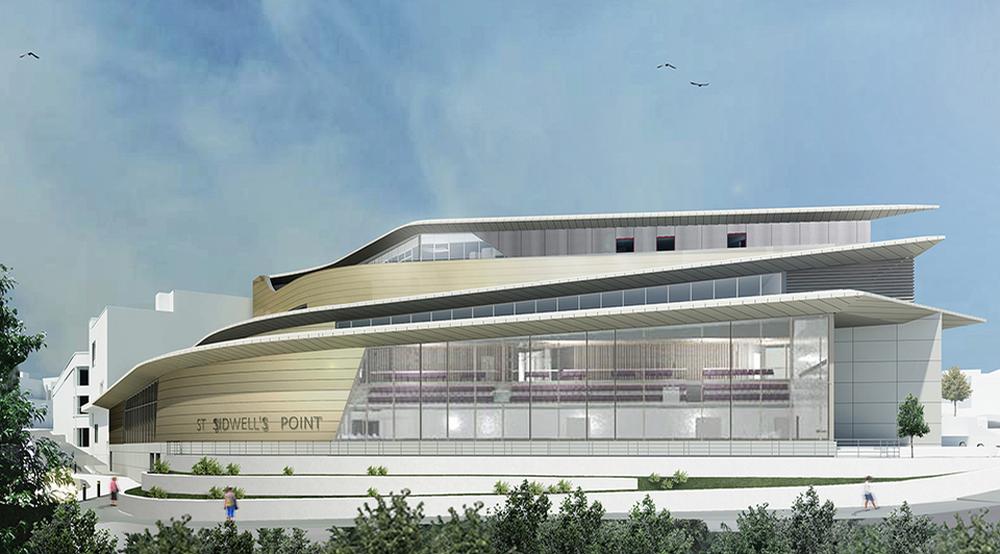Neil Armstrong: Passivhaus and Kier’s four guiding principles
In 2019, the UK parliament and Scottish Governments both declared climate emergencies and as a result of the COVID-19 pandemic, there is now a sharp focus on building resilient and sustainable communities. This includes the buildings we construct - from how we design and build them to the comfort of occupants and the long-term efficiencies. Here, Neil Armstrong, preconstruction manager & education lead in Kier’s Regional Building North & Scotland business, explains more about one building solution; Passivhaus design and shares four guiding principles.

Neil Armstrong
Delivering buildings to a Passivhaus standard is easily the biggest mindset shift for the construction industry in 30 years. It’s about adopting a new approach which focuses on the long-term use and comfort of a building as well as the financial, social and environmental benefits it can bring to occupants.
According to the Passivhaus Trust, over 65,000 buildings have been designed, built and tested to this standard worldwide - this figure is set to rapidly rise. This is largely because Passivhaus buildings can achieve a 75% reduction in space heating requirements compared to other new builds, a significant difference and a clear solution to reduce carbon emissions as set out by the UK government.
From a building performance perspective, Passivhaus focuses on design, insulation, thermal bridges and airtightness. All Passivhaus buildings follow a rigorous quality assurance process verified by an independent certifier to confirm that the building successfully meets all the criteria defined by the Passivhaus Institute.
For me, there are four guiding principles to consider when building to a Passivhaus standard:
- Get the design right – design compliance is proven through the Passive House Planning Package (PHPP) model and rigorously assessed for buildability. The independent certifier must certify design before construction works commence.
- Get the quality right – rigorous test and inspection plans are established to ensure that construction delivery matches the design and specification without any deviation. A key focus should be around training and upskilling supply chain partners
- Get the evidence right - evidence is captured, collated and shared with the Passivhaus certifier throughout the construction period.
- Get the culture right - there is a big cultural shift needed from contractors, with a need for a recalibration of quality standards as well as ensuring that our supply chain partners are aware and understand not only what Passivhaus standards mean and how to achieve them but why we are doing it.

Artist's impression of St Sidwell’s Point
Proud patrons of the Passivhaus Trust, Kier has been delivering Passivhaus buildings for over a decade with the benefits clear to see. In 2011, we constructed Yorkshire’s British Library Newspaper archive and achieved air permeability of less than 0.50m3/hr/m2.
Since then we have developed Passivhaus projects across numerous sectors including commercial, industrial, education, residential and leisure, including St Sidwell’s Point in Exeter which is set to be the UKs first Passivhaus leisure centre. In 2017, we were also the first contractor to deliver a non-domestic Passivhaus Plus building to be certified in the UK at the Eco Business Centre in Bicester.
Passivhaus buildings have the perfect mix of quality, innovation and sustainability. Building to Passivhaus standards shouldn’t daunt people, there is plenty of support and guidance available and investing your time in understanding Passivhaus design would be wise – it’s the future of building design and one, we as an industry, should readily embrace.”
Find out more on Kier’s sustainability framework, Building for a Sustainable World, here and to speak to Neil about Passivhaus, you can contact him here.





















